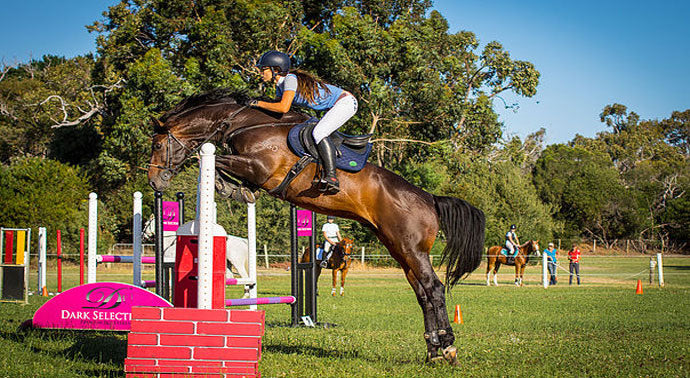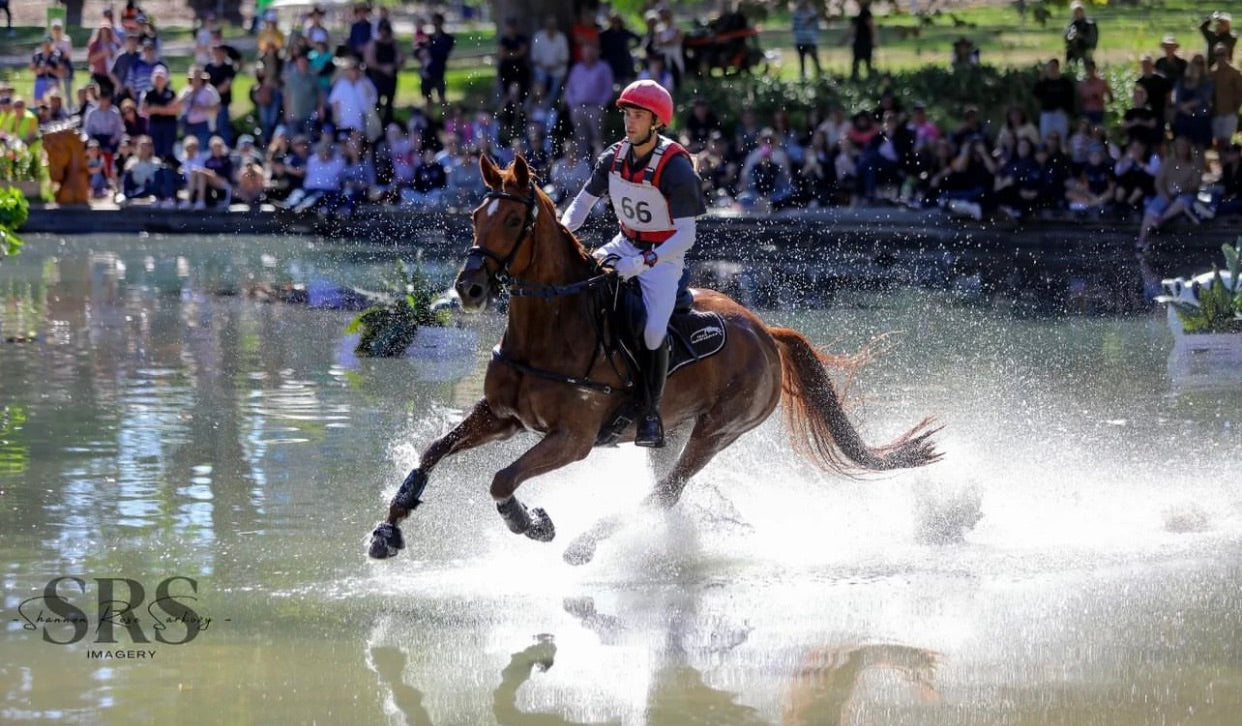Since moving to Australia, I have had many people tell me that my horse is “a lovely Holsteiner type” or “a true Hanoverian”. Whilst meant as a compliment, I’m often left wondering whether there even is a Holsteiner or Hanoverian ‘type’ anymore.
Most countries in Europe (and I will start with Europe as it is the kingdom of show jumping horses) have some sort of registry of breeds. Germany, which many consider the ‘home’ of equestrian sports, has the most. The majority of German registries carry the names of their region; with breeders generally registering their horses based on the region they are located in. Some of these include Holstein (North), Hannover (South) and Oldenburg (North – West). Other famous European show jumping registries include Selle Francais (France), KWPN (Holland) and Zangersheide (Belgium).
Of course, the horse has to satisfy the criteria of the registry as well – which often isn’t as stringent as you might think.
Take the famous stallion Voltaire, for example. Bred out of a Hanoverian mare to a French stallion, Voltaire was born in Germany and purchased by two Dutch businessmen as a foal. He was then licenced by the KWPN as a three year old. Later in life, the Hanoverian, Selle Francais and Oldenburg studbooks approved him… So what breed does that make Voltaire?
Another good example is Kannan. Bred in Holland out of a Dutch mare (KWPN) and by Voltaire, Kannan is currently the leading sire in the World Breeding Index for show jumping horses – meaning he has the highest amount of progeny winning at the top level (including Olympic Gold Medallist, Nino Des Buissonets). He was presented for licensing and rejected as a three year old in Holland. Subsequently, he was partially sold to a French dealer and soon after licenced for the French stud book Selle Francais, as well as Hannover, and lastly – at the age of 19 – for KWPN.
Does this make him KWPN, French or Hanoverian?
Each registry has a type, preference, direction and history when it comes to breeding the ultimate show jumping horse. Currently, Hanoverians seem to be plain, scopey, large-framed horses; Holsteiners are fine, athletic and have pretty heads; the Belgian horses are big, long, boney and scopey; and lastly the French are bloody, smaller-framed and more thoroughbred-like. But this isn’t exactly ‘black and white’.

Take Ramiro Z. Conceived in Holstein, born in Westfalia and then licensed at Neumünster (Germany), he proved himself a worthy international performer under Fritz Ligges. Ramiro influenced nearly ALL European Performance Studbooks; you will find some kind of Ramiro blood in every European registry.
Good breeders will recognise their strengths and weaknesses, and understand that in order to improve their stock, they will need to consider stallions from all registries. These days, the most influential stallions are approved for all studbooks.
In saying this, it would be nice if we breeders could stick to the same ‘breed’ when choosing our horses – this would make our job far easier and give us some much needed direction! The trend in most modern registries is heading toward using each other’s resources; their main goal is to improve the performance, with maintenance of the ‘essence’ of their breed often falling secondary to this.
Only this year, the Holsteiner Verband studbook came out with a statement to say that 50% -70% is equal to 100% Holsteiner. Personally, I struggle to adopt this point of view, as I feel that the blood will soon be so cross-used that it will be impossible to categorise these horses as a registry type. It is currently possible to find two full brothers that are registered in different studbooks – e.g. one Holsteiner, and the other Hanoverian.
Unfortunately, this approach to breeding ‘outside of the box’ has prompted a war between registries for the recognition of elite horses, and who actually ‘owns’ them. As breeders, it means that we will need to understand the characteristics of our bloodlines in far more depth than simply breeding for a registry type. Whether this will turn out to be a good thing, only time will tell.
So, to answer my original question: thirty years ago there was a Holsteiner and a Hanoverian type. These days, we have to look at the pedigree far closer to determine what it is we actually have. Soon, the day may come where we have to stop using the labels ‘Holsteiner’ and ‘Hanoverian’, as it will no longer define a type of show jumping horse – it will simply be used as a reference to the historical registry of the stallion.





